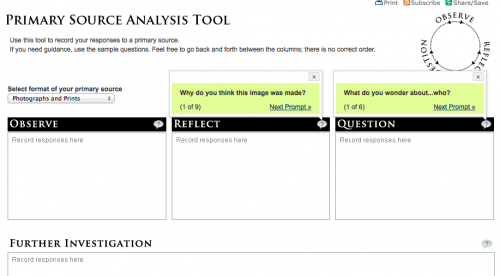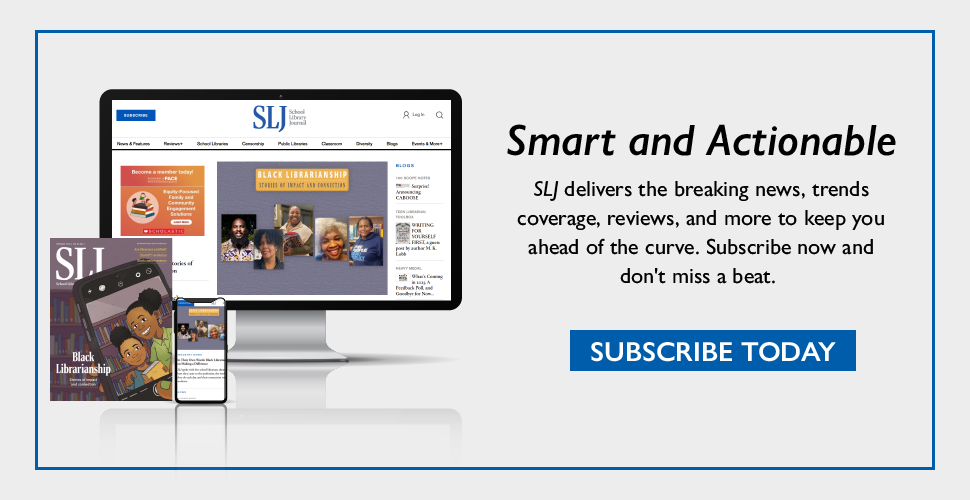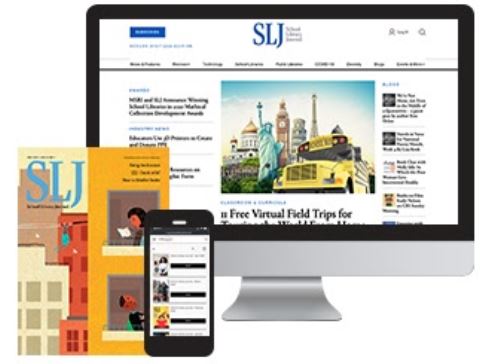Celebrating interactive scaffolds
Even with all those media-rich, glittery new resources out there, I find that I often return to some basics–a few simple, older and newer interactive tools for teaching and learning.
Here’s an eclectic list of some handy interactive stand-bys:
Primary Sources
The powerful, one-page, interactive LOC Primary Source Analysis Tool allows users to choose the format of their document, artifact, etc. from a pull-down menu and, depending on that choice, offers a series of contextual prompts for closer reading and analysis.

The National Archives’ Docs Teach offers teachers opportunities to create activities that develop historical thinking skills and get students thinking like historians. The areas include: chronological thinking, historical comprehension, historical analysis and interpretation, historical research capabilities and historical issues-analysis and decision making. Teachers are also led through a wizard approach to customizing activities with appropriate primary sources as they shop among a library of thousands of possibilities.

National Archives’ Docs Teach
Note: The National Archives also offers a variety of more traditional worksheets for analyzing
Written Documents Artifact Cartoon Map Motion Picture Photograph Poster Sound RecordingThesis Building
My students are fans of Tom March’s Persuasive Essay Thesis Builder. After completing an interactive form that asks for a topic, an opinion, two strong arguments, and a counter-argument, the tool generates a reasonable even though/but really-type thesis that will need finessing. But that’s not all. Click on the button and the tool automatically turns the thesis into an outline.

Tom March’s Thesis Builder Tools
The University of Phoenix offers a similar tool with detailed explanations and Holly Samuels, of the Cambridge Ringe and Latin School shares a helpful evidence-driven Outline Maker.
Student Projects
ReadWriteThink Student Interactives, from the International Reading Association (IRA) and the National Council of Teachers of English (NCTE), appear independently or as parts of lessons. The engaging literacy projects include:
Comic Creator Book Cover Creator CD/DVD Cover Creator Plot Diagram Acrostic Poems Persuasion Map Letter Generator Bio CubeTeacher Planning:
Ian Byrd’s Differentiator, based on Bloom’s Taxonomy and the work of Sandra Kaplan and David Chung, presents teachers with handy columns of thinking skills, content, resources, student products, and groupings with which they can construct relevant learning objectives. His Respondo tool generates creative literature response questions that ask students to go beyond: “identify the conflict” or “note the setting.”
Rubrics and assessment creators
Bernajean Porter recognizes new and traditional criteria for assessing the effectiveness of digital media projects with her fabulous Digitales Scoring Guides. Teachers choose the communication type and generate customized assessment tools from among a variety of well-described traits and elements.

Bernejean Porter’s Digitales Scoring Guides
RELATED
The job outlook in 2030: Librarians will be in demand
The job outlook in 2030: Librarians will be in demand
ALREADY A SUBSCRIBER? LOG IN
We are currently offering this content for free. Sign up now to activate your personal profile, where you can save articles for future viewing






Add Comment :-
Be the first reader to comment.
Comment Policy:
Comment should not be empty !!!